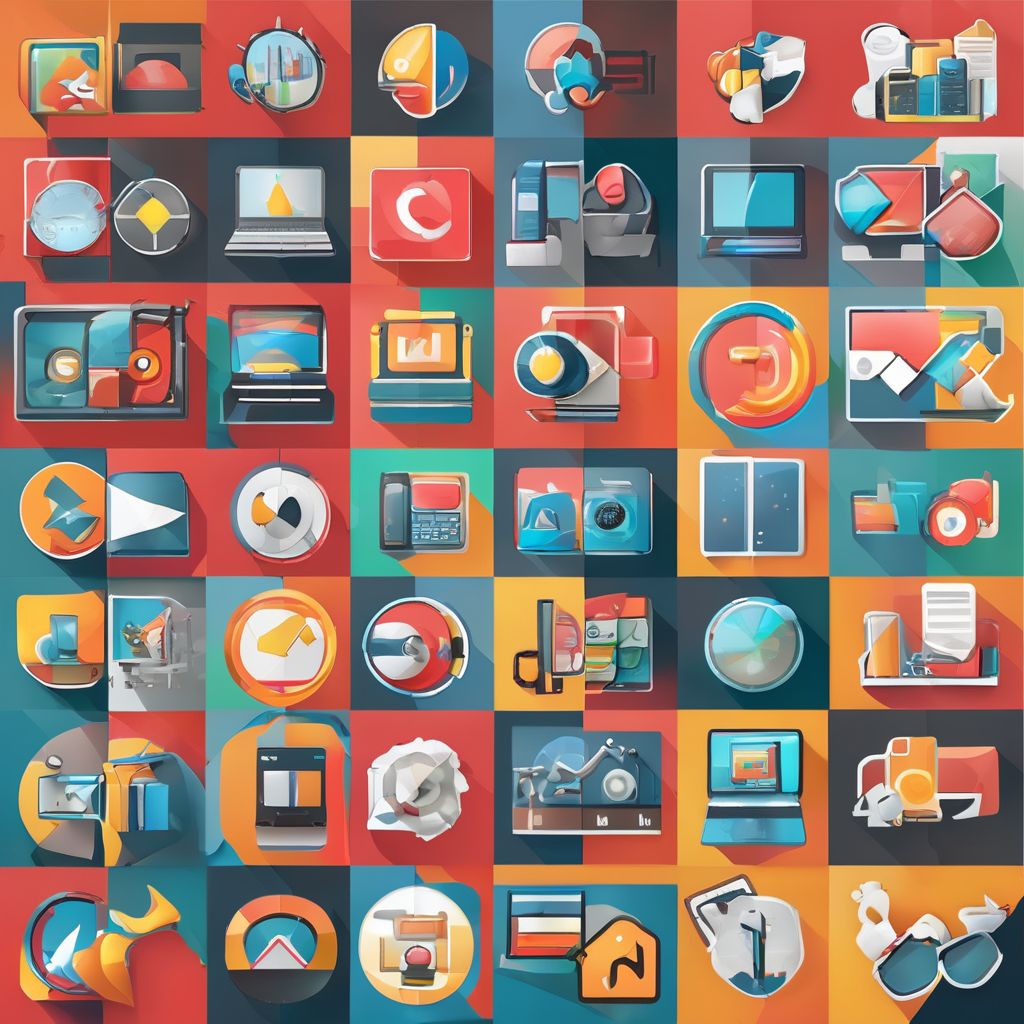Creating your own AI chatbot takes just minutes and no advanced coding skills. Modern tools harness powerful language models to deliver natural, dynamic conversations tailored to your needs. Whether for customer service, marketing, or personal use, quick setup means you can start exploring AI’s benefits immediately. This guide breaks down how these chatbots work, their top options in 2025, and how to choose the best fit for your goals.
Essential Overview of AI Chatbots and Their Core Technologies
Right after traditional bots, AI chatbots fundamentally transform user interaction through advanced technology. One platform, Wonderchat, makes it possible to set up a fully functional AI chatbot for your website in about five minutes; you can explore its main features on this page: Wonderchat.
In the same genre : Top benefits of account reconciliation software for your business
AI-driven conversational agents differ from conventional scripted bots by harnessing powerful technologies. Central to these advances are natural language processing (NLP) and machine learning, allowing chatbots to interpret human language with nuance and context. NLP helps bots parse user inputs, while large language models (LLMs) generate fluid, contextually aware responses. In contrast with older bots, which follow strict paths of pre-written answers, modern AI chatbots adapt responses dynamically.
Rapid progress in conversational AI also means today’s leading bots can learn from every interaction. Regular bot training with machine learning refines their accuracy over time, enabling personalized support, automated FAQ handling, and even multilingual communication. This evolution has opened possibilities—from automating sales support to crafting bots with defined personalities and tones for richer, more effective customer engagement.
In parallel : Enhance your business efficiency with expert it support solutions
Leading AI Chatbot Platforms of 2025: Feature Comparison and Use Cases
Using the SQuAD approach, the best-rated virtual helpers of 2025—Google Bard, Jasper AI, Microsoft Copilot, and ChatGPT—differ in ecosystem integration, business applications, and automation capabilities. For example, Google Bard’s ecosystem excels at AI-powered client interaction with integration into Gmail, Docs, and other Google products; this supports both research and workflow automation through open AI chatbot platforms. Jasper AI stands out in marketing-focused online interactive bots, leveraging customer support automation tools with content tailored to brand voices.
Microsoft Copilot is uniquely powerful for coding and business communication automation, merging text and image generation, and embedding seamlessly with Microsoft 365 for productivity and enhanced AI-powered client interaction. ChatGPT remains a preferred choice for general text generation, roleplay AI, and natural conversation, but its lack of up-to-date data makes it less suitable for real-time customer engagement compared to some open AI chatbot platforms.
E-commerce chatbot integration for websites is frequently cited as a top use case across platforms. Other industry applications include streamlining customer support, campaign management, automated FAQ handling, and summarizing information. Each solution’s chatbot platform features comparison reveals strengths ranging from multilingual support to in-depth analytics, highlighting the broad potential of AI-driven conversational agents for both business and user experience optimization.
Customization, Deployment, and Analytics for AI Chatbots
Personalizing a chatbot starts with building personalized chat assistants tailored to a company’s data and brand. Effective customization pulls from chatbot training datasets, enabling the chatbot to answer questions accurately about specific products or services. Virtual assistant customization options allow for changes in personality, tone, and conversational style, ensuring the chatbot reflects brand values. Such features encourage meaningful human-like interaction and improve automated FAQ handling.
Easy deployment is essential. Modern chatbot deployment strategies prioritize no-code platforms, open-source solutions, and flexible API integrations. These user-friendly choices make it simple for businesses to bring their chatbots online—sometimes in minutes. Developers can leverage chatbot integration for websites or messaging platforms without technical expertise, facilitating rapid launch and scalability for both small businesses and large enterprises.
Chatbot analytics and performance tools are fundamental to ongoing improvement. Monitoring interactions through detailed analytics dashboards helps businesses understand customer engagement and conversational flow optimization. Regular chatbot feedback collection identifies pain points and drives training improvements. Businesses use these analytics to refine user experience design for bots, maximizing customer satisfaction and retention while maintaining high response accuracy.
Security, Pricing Models, and Future Trends in AI Chatbots
Adopting chatbot security and privacy measures is an urgent priority for any business deploying AI-powered client interaction. Robust protocols such as data encryption, role-based access, and regular audits help protect sensitive customer data. Advanced platforms implement mechanisms for chatbot data privacy compliance, minimizing risks of unauthorized disclosure while enabling secure real-time customer engagement. Several tools also feature anti-hallucination techniques to restrict irrelevant or inaccurate responses, further safeguarding interactions.
Chatbot cost and pricing models vary according to functionality and intended use. Some providers offer free access virtual assistants with limited features, while others prefer tiered business models—enabling affordable entry points for small enterprises and premium scalability for larger teams. This means companies can begin with free chatbot software options and later transition to paid plans as their use cases expand. Transparent pricing and trial periods are now commonplace, allowing organizations to test functionalities such as business communication automation risk-free.
Looking ahead, chatbot scalability considerations are shaping future developments. Expect greater innovation in multilingual bot support, voice-enabled virtual assistants, and user experience design for bots. Additionally, ethical AI chatbot usage is emerging as a core principle, guiding the tech industry toward responsible practices. As chatbots become more adept at handling nuanced conversations, their value for small-business owners and enterprise users is set to increase dramatically.









